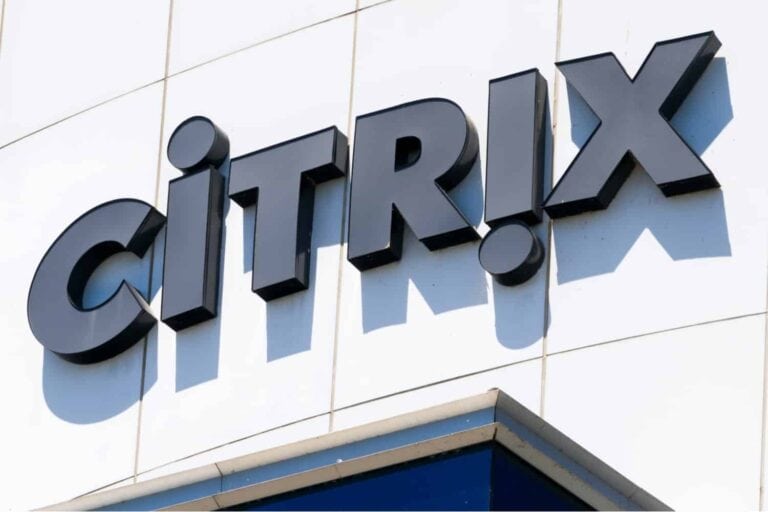Citrix has announced that it will completely phase out its traditional file-based licensing model. From April 15, 2026, the new cloud-based License Activation Service (LAS) will be the only way to activate and license on-premises Citrix products.
The company presents the move as a necessary modernization that will accelerate innovation, simplify the user experience, and increase operational efficiency.
With LAS, the management of separate license files will disappear. Administrators will no longer have to manually download or assign licenses, and contract renewals will be processed automatically. According to Citrix, this means fewer disruptions, fewer support cases, and greater stability because the license server will no longer be a vulnerable single point of failure in the infrastructure. The cloud connection also makes it possible to collect telemetry and metadata. Citrix says this enables it to resolve issues more quickly and better tailor its products to customer usage.
However, the switch also has disadvantages and concerns. It is a mandatory transition: file-based licenses will cease to function entirely after the April 2026 deadline. For organizations that do not migrate in time, this means a loss of functionality and a direct impact on end users. Citrix emphasizes that this is solely a technological change and not a commercial or contractual change, but in practice, the transition will require effort, planning, and possibly costs.
Continuous data collection is a cause for concern
Another issue is the dependence on Citrix Cloud. Whereas the old licensing model functioned entirely locally, LAS requires the license server or NetScaler Console to connect to the LAS endpoint in Citrix Cloud on a daily basis. If that connection is lost, the activation remains valid for 30 days. If the connection is not restored after that, the license expires and functionality ceases. For some organizations, for example in sectors with strict compliance requirements or sensitive data, this can be an additional concern. The continuous collection of data via telemetry and the use of hardware and server metadata can also be a sensitive issue for customers, even though Citrix emphasizes that this is done anonymously and in aggregate.
Citrix points out that LAS is not entirely new. The company has been applying this model to Citrix Virtual Apps and Desktops since 2024. According to Citrix, hundreds of customers and partners have made the switch, with positive experiences. The company also emphasizes that the transition is a good time to discuss a strategic roadmap with Citrix representatives and partners. This allows customers to use the transition not only to modernize their licenses, but also to review broader technological choices and investments.
For Citrix itself, the move offers more control and predictability and is in line with what other major suppliers have already done. For customers, however, it means another mandatory adjustment process that they must plan for in a timely manner. Citrix advises organizations to start talking to representatives and partners now to plan the transition and points out that there is no fallback scenario.
